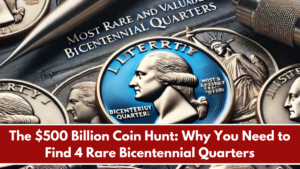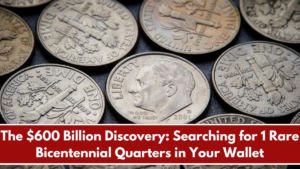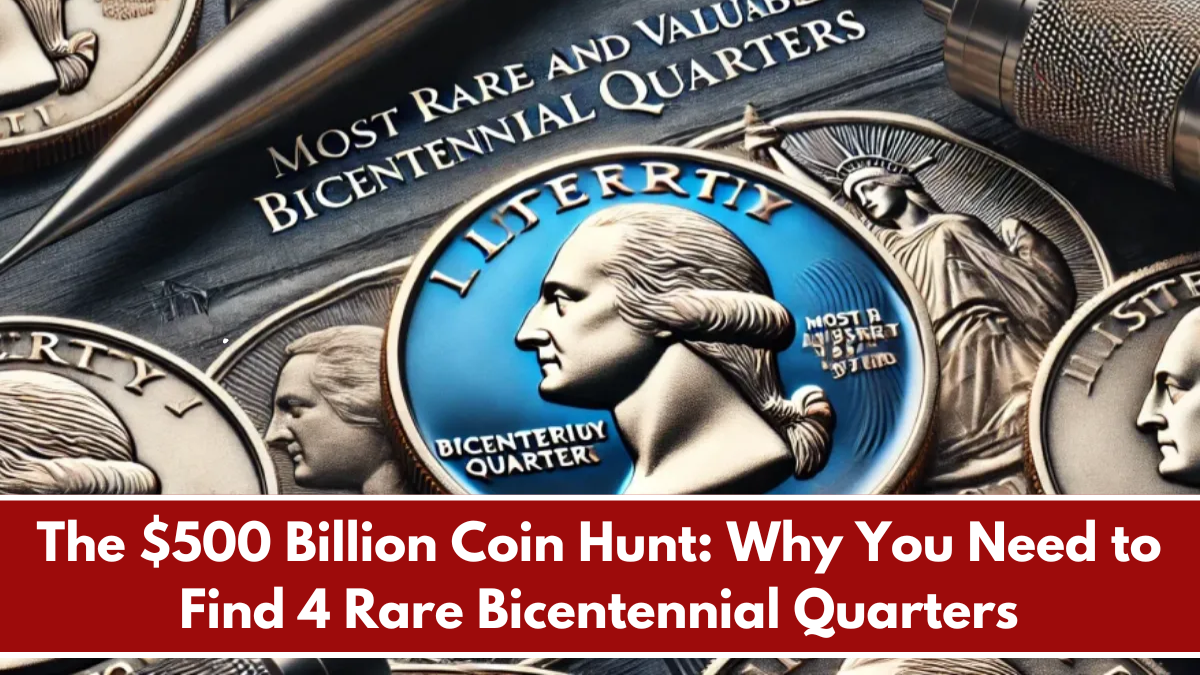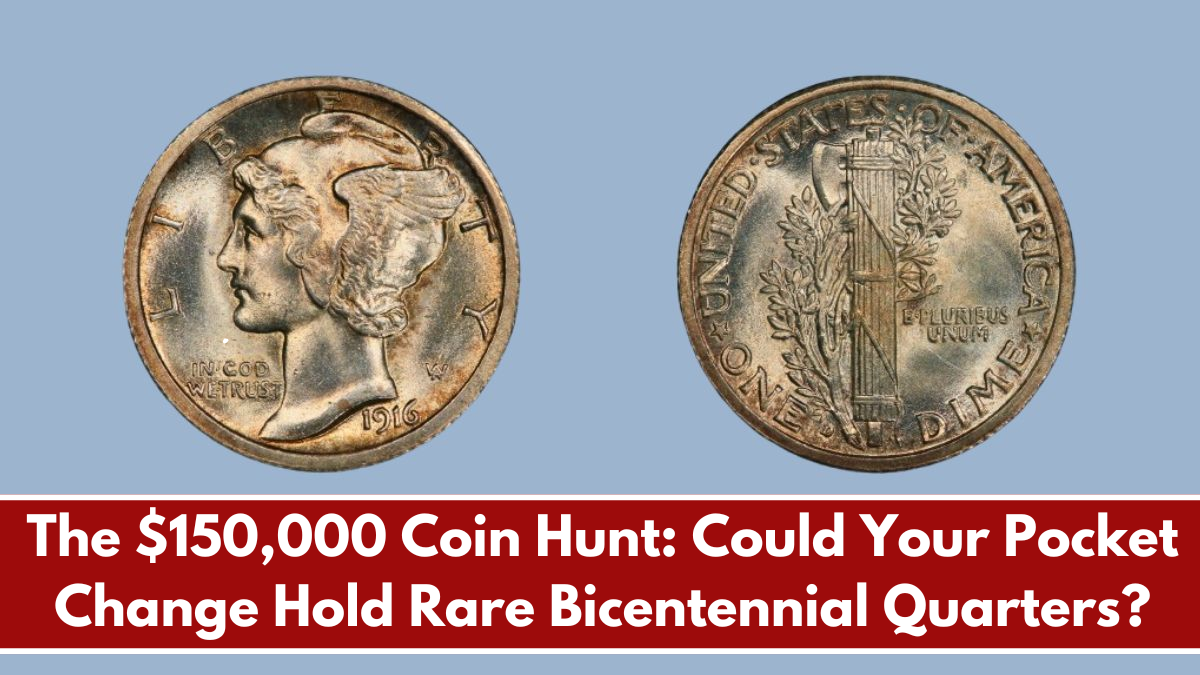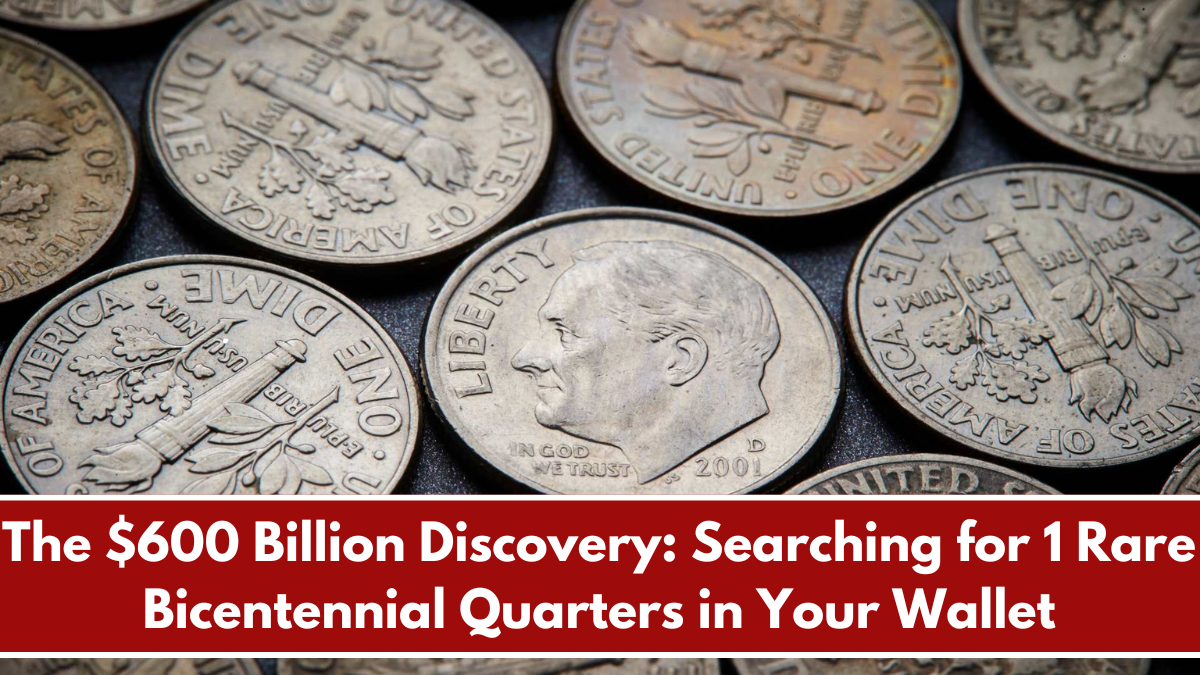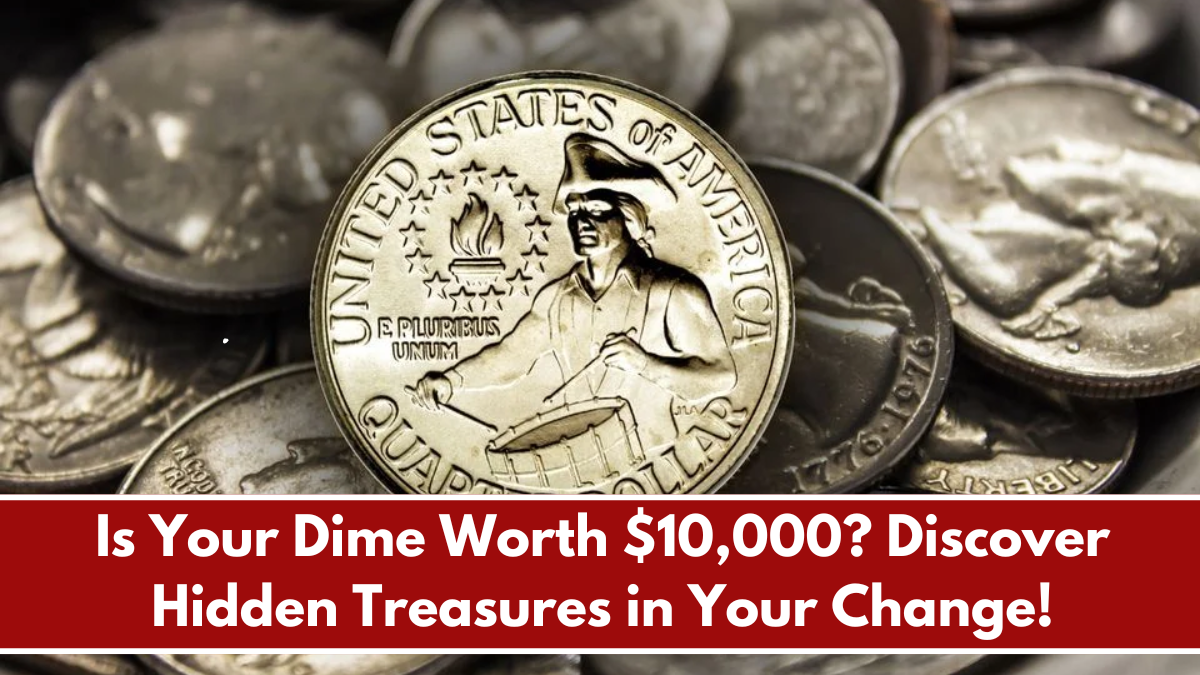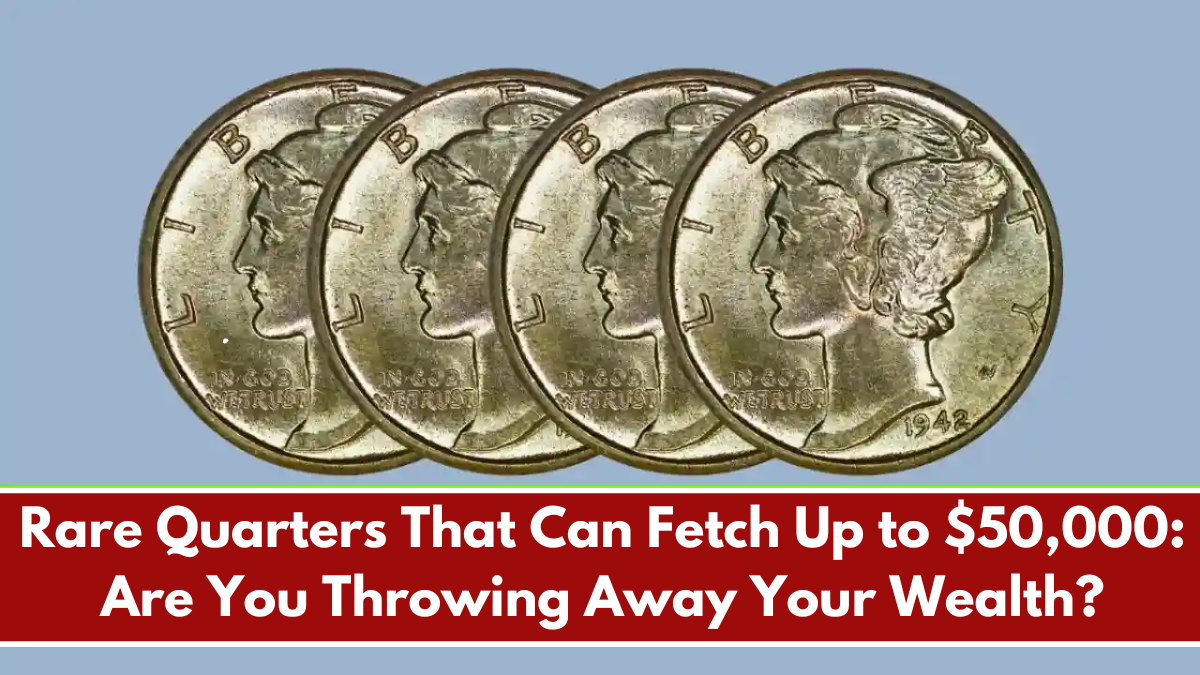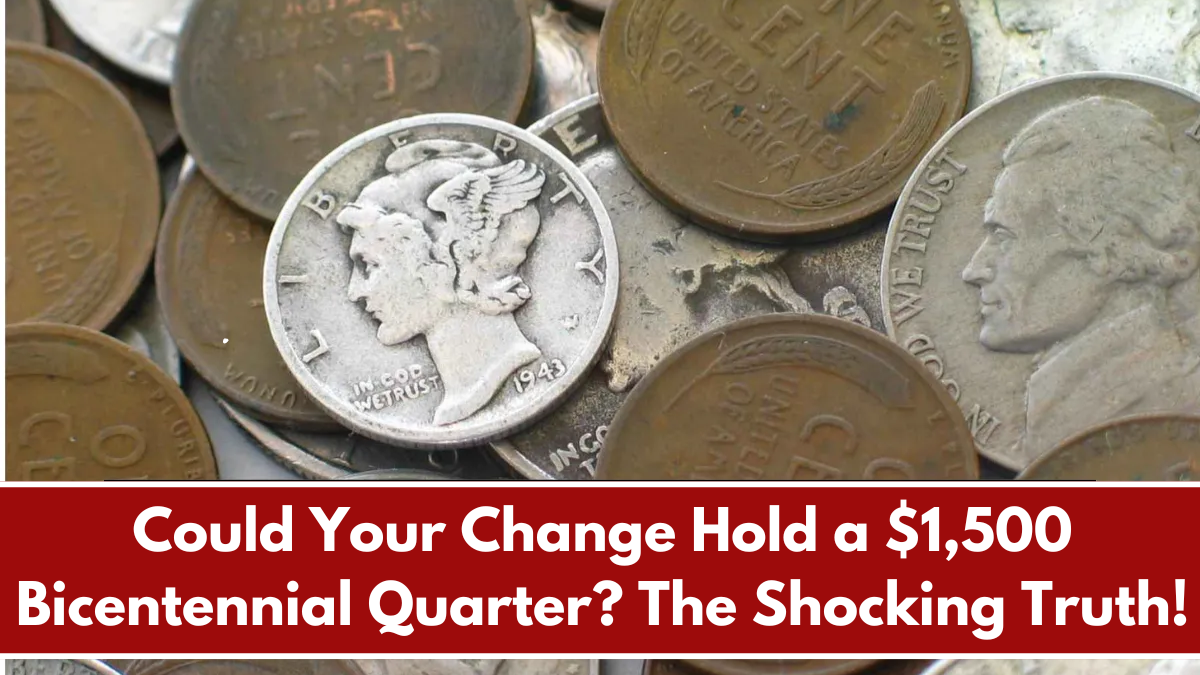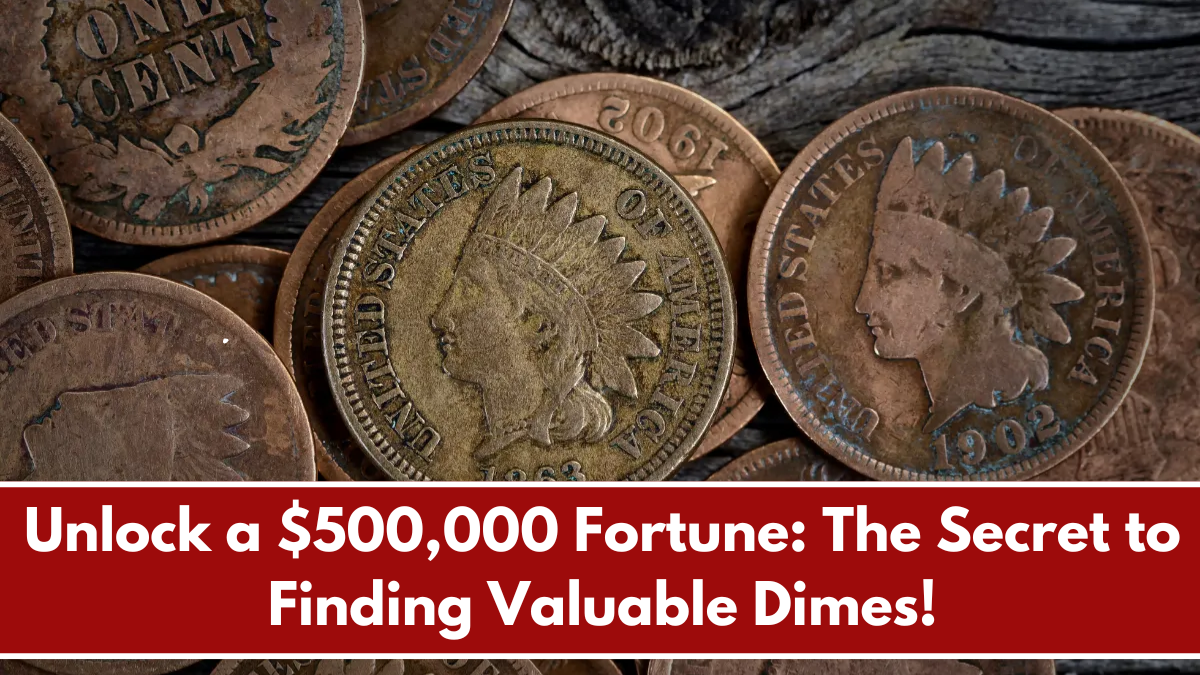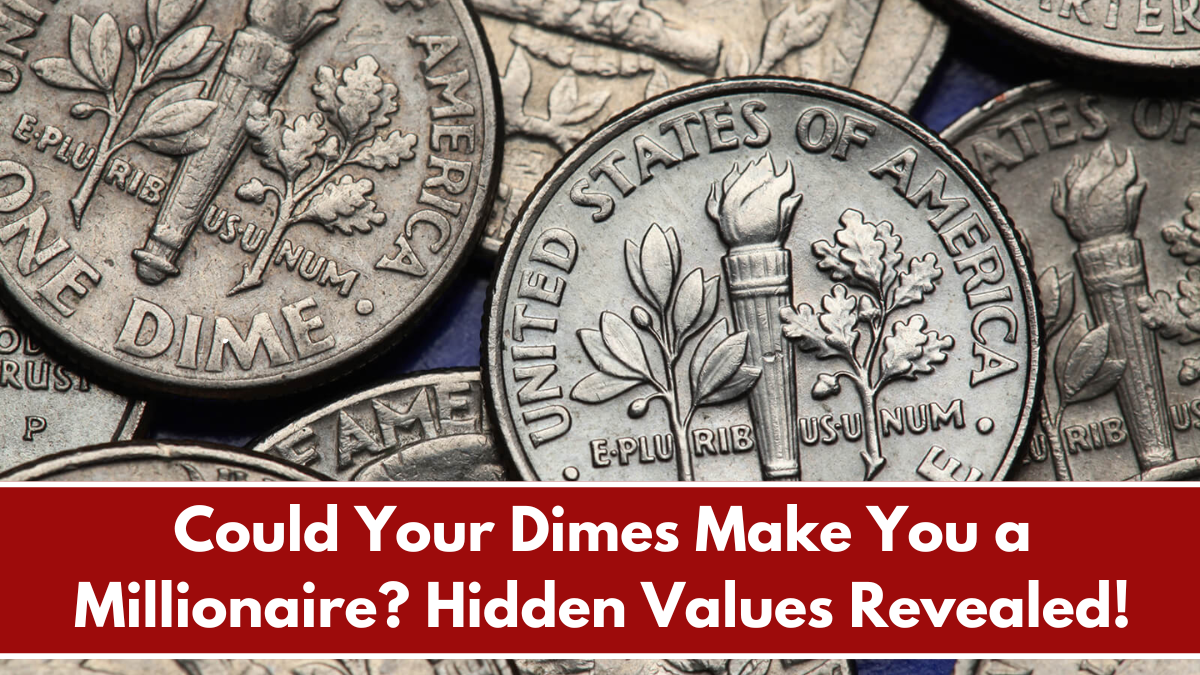For coin collectors, the Bicentennial quarter, minted in 1976 to celebrate America’s 200th anniversary, may contain hidden treasures worth millions. One rare quarter has reached nearly $45 million, and six others exceed $750,000. Here’s what makes these coins valuable and tips for finding hidden gems in your change.
The $45 Million Bicentennial Quarter
The most valuable of all Bicentennial quarters is an ultra-rare error coin minted on a silver-clad planchet. This particular coin also exhibits a double-die error on the obverse, where Washington’s portrait and the inscriptions show noticeable doubling. The combination of a minting mistake and the use of a silver-clad planchet, which was meant only for collector sets, makes this coin worth an astonishing $45 million USD in pristine condition.
40% Silver-Clad Bicentennial Quarter ($1 Million)
Some Bicentennial quarters were struck in 40% silver for collector sets. While most remained there, a few mistakenly entered circulation. In mint or near-mint condition, these silver versions can fetch up to $1 million, especially if graded as pristine.
Double-Die Obverse Bicentennial Quarter ($750,000+)
A double-die error on the obverse (front side) of the Bicentennial quarter can significantly increase its value. The doubling usually affects Washington’s face and the inscriptions, making the coin a collector’s dream. These rare error coins have been valued at over $750,000 in excellent condition.
Double-Die Reverse Bicentennial Quarter ($750,000+)
Similar to the double-die obverse, a Bicentennial quarter with a double-die error on the reverse (back side), where the colonial drummer and inscriptions are doubled, is also highly valuable. These error coins can be worth over $750,000, especially in uncirculated condition.
1976 No Mintmark Bicentennial Quarter ($750,000+)
While most Bicentennial quarters feature a mintmark, indicating where they were produced, a few coins were mistakenly struck without a mintmark. These no-mintmark quarters are extremely rare and can be worth over $750,000 due to their scarcity.
Proof Bicentennial Quarter with Deep Cameo Finish ($1 Million)
Some Bicentennial quarters were struck as proof coins, featuring a deep cameo finish that gives them a striking appearance. These proof quarters are typically not intended for circulation, but if found, they can be worth up to $1 million, especially in flawless condition.
1976 Bicentennial Quarter Struck on Foreign Planchet ($750,000+)
In rare cases, Bicentennial quarters were struck on foreign planchets (metal discs meant for other coins), leading to significant value increases. These error coins can be worth over $750,000 if discovered in circulation.
These rare and valuable Bicentennial quarters, including one worth nearly $45 million, continue to circulate today. With several other error coins valued at over $750,000, it’s worth checking your pocket change and old coin collections for these potential treasures. Finding one could lead to an extraordinary financial windfall!
FAQ’s:
What factors contribute to the $45 million value of the rare Bicentennial quarter?
The coin’s value stems from its unique silver-clad planchet and double-die error, making it exceptionally rare and highly sought after by collectors.
How can I identify a double-die error on my Bicentennial quarter?
Check for doubling on significant design elements, particularly on Washington’s portrait and the surrounding inscriptions, which indicate a double-die error.
Are all silver-clad Bicentennial quarters valuable?
Only specific silver-clad quarters mistakenly released into circulation are worth significant amounts, typically depending on their condition and rarity.
Why is the No Mintmark Bicentennial quarter rare?
These quarters were not supposed to be minted without a mintmark, making them extremely rare and highly collectible among enthusiasts.
Can I still find these rare quarters in everyday circulation?
Yes, while rare, it is still possible to find these valuable coins in circulation or in old collections, making it worthwhile to check your change.

